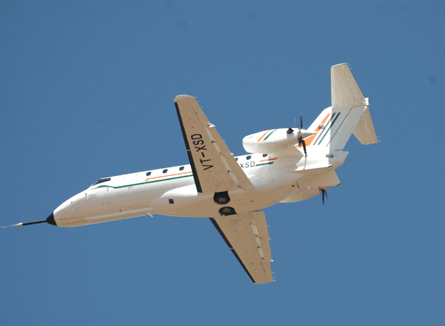Indian investigators believe the military test pilots of a prototype Saras push-prop had been trying to relight an engine, with insufficient recovery altitude, moments before the aircraft crashed. All three crew members were killed.
The Directorate General of Civil Aviation's inquiry has catalogued a series of "serious lapses" in oversight of the indigenous aircraft programme, and conduct of testing, including failure to obtain DGCA permission before flying the aircraft publicly at the Aero India 2009 show.
National Aerospace Laboratories developed the Saras, which has twin rear-mounted Pratt & Whitney Canada PT6A pusher-turboprops.
 |
|---|
© Vladimir Karnozov |
During a 45min test flight on 6 March 2009 - which included simulated approaches to Bangalore's HAL airport - the aircraft climbed to 9,200ft (2,800m) to prepare for in-flight engine shutdown and relight.
Telemetry data shows that the left-hand engine was shut down, but the aircraft suddenly became unstable in attitude during preparations for relight, possibly linked to disc drag effects from the windmilling left propeller. The Saras descended to 7,300ft, in just 20s, before the pilots brought it momentarily under control.
The procedure to relight the engine was not properly executed, and the relight failed. At this point, says the inquiry report, the crew should have aborted the test and made a single-engined landing. The engines functioned as they should have, it adds.
But flight data indicates that, as the aircraft continued to lose height, the pilot battled to stabilise the aircraft for a second relight attempt at 5,100ft - even reducing the operating right-hand engine's power to idle, to the consternation of other crew members.
There is evidence, says the inquiry, that this attempt was successful, but that the aircraft by this point was descending too quickly to recover in the remaining altitude. It struck the ground near Bidadi, about 37km southwest of HAL airport.
Source: Flight International



















